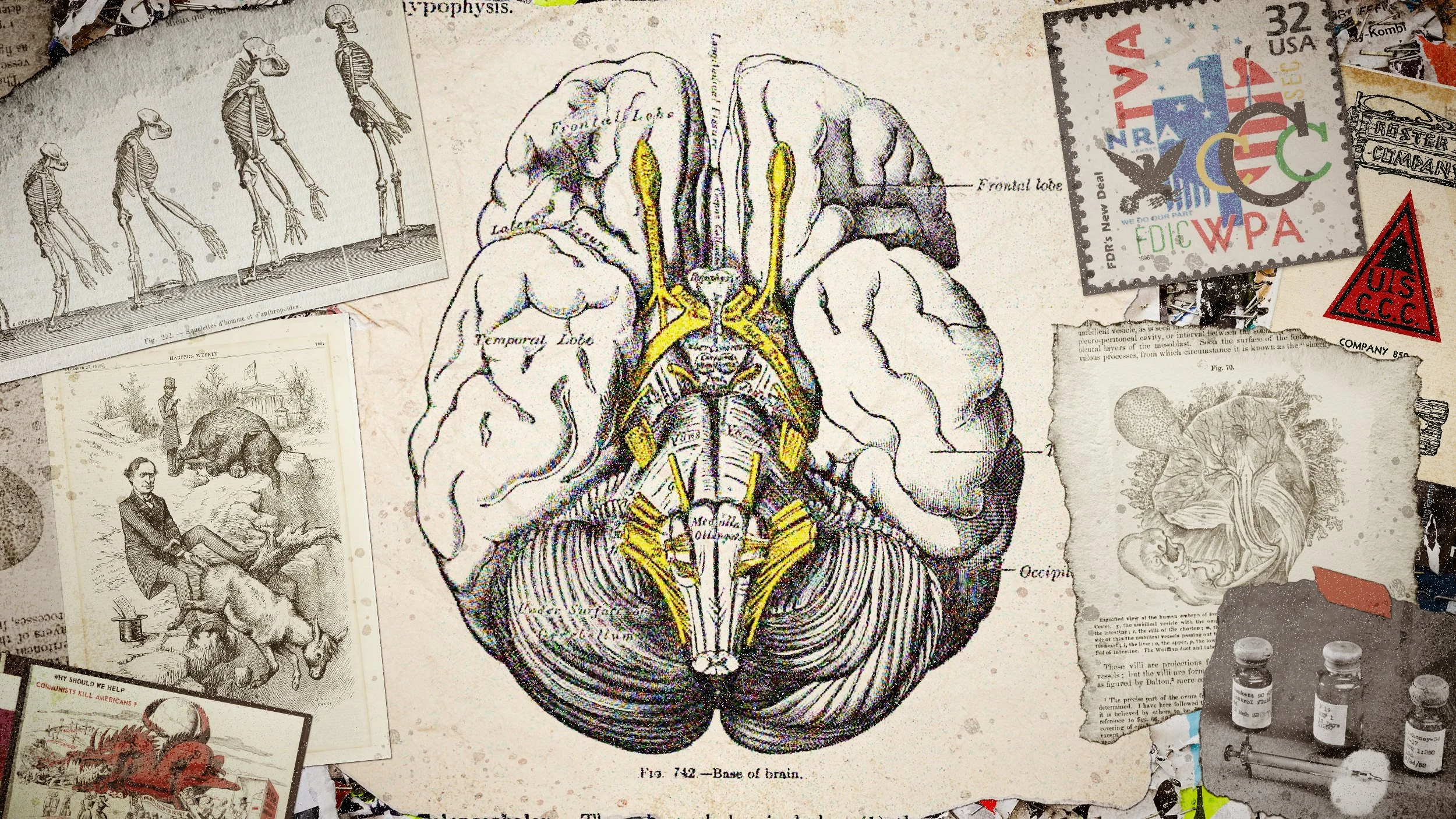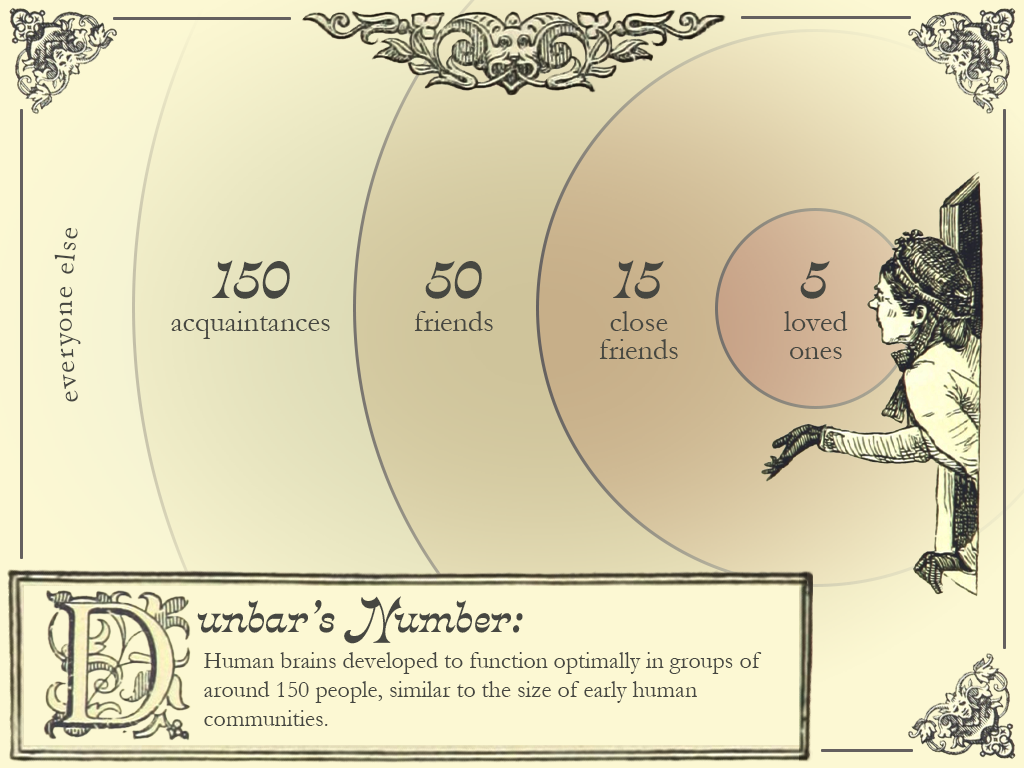Uncivil Political Discourse
Neuropolitics and the evolution of political differences
Image credit: Rachel Lense for The Science Writer
by Roberta S. McLain
June 21, 2023
Imagine a social gathering at a college. Two professors are engaged in a heated discussion. These highly educated and typically empathic professors speak vitriolically at each other from opposing sides of the vaccination debate. The argument is emotionally charged, each aggressively defending their deeply ingrained beliefs. How can two intelligent people be on opposing sides of issues such as health and safety? The answers may lie in humans’ evolutionary past, and neuroscience is shedding light on them. Understanding the neuroscientific and evolutionary reasons behind political differences may enable individuals to overcome the belief that those who disagree with them are inherently malevolent or uninformed.
Scientists have revealed that people's brains respond differently to threats and opportunities, and these reactions frequently align with political beliefs. This article references conservative and liberal brains for simplicity, but many political views fall in between.
Brain imaging and physiological studies can predict political leanings
In 1994, law student Darren Schreiber was fascinated to learn it was possible to see differences in brain activity in people performing tasks using an imaging technique called functional magnetic resonance imaging, or fMRI. Bored with law, he pivoted and became a leader in the field of neuropolitics when he began using fMRI to study the neurological basis of political behavior.
According to a 2013 Study, the neural mechanisms activated while performing a risk-taking task differ in Republicans and Democrats.
“Republicans more strongly activate their right amygdala, associated with orienting attention to external cues. Democrats have higher activity in their left posterior insula, associated with perceptions of internal physiological states. This activation also borders the temporal-parietal junction, and therefore may reflect a difference in internal physiological drive as well as the perception of the internal state and drive of others.”
Image credit: Schreiber D, Fonzo G, Simmons AN, Dawes CT, Flagan T, Fowler JH, et al. (2013) Red Brain, Blue Brain: Evaluative Processes Differ in Democrats and Republicans. Figure 1. PLoS ONE 8(2): e52970. (CC)
Now a biopolitical researcher at the University of Exeter in the U.K., Schreiber was the lead researcher of a 2013 study that examined brain scans of liberals and conservatives while they played a gambling game. Despite both groups taking similar risks, Schreiber noticed significant differences in brain activity. Liberals showed more activity in their insular cortex, one of a handful of brain regions responsible for emotion. Conservatives demonstrated more activity in the right amygdala, which processes fear in response to threatening stimuli. Schreiber’s research suggested that liberals and conservatives use different ways of thinking when considering risk.
Further analyses indicated that brain activity was a powerful predictor of party affiliation. First, the researchers analyzed data from a separate group of subjects: parents and their adult children. Armed with information about the parents’ political affiliations, the researchers could predict the children’s voting behavior with 69% accuracy. Yet, the brain scan findings showed that brain activity predicts people’s political ideology more accurately. By observing activation of the amygdala and insula, the study predicted party affiliation with 83% accuracy.
“The fact that my brain imaging data is better than the inference I can make from parents is just crazy,” said Schreiber.
John Hibbing, a political science professor at the University of Nebraska-Lincoln who studies the biological basis of political beliefs, coauthored a 2014 study that found differences between liberals and conservatives in the ability to detect happy and angry facial expressions. Participants were instructed to find the angry or happy face among an array of faces with neutral expressions. Some studies have shown that people are better at spotting an outlier expression when it's angry; scientists think it may be evolutionarily more helpful to identify hostile people. The researchers found this to be true for conservatives and liberals, but they displayed different reaction times. Conservatives responded more quickly when identifying angry faces, while liberals reacted more quickly when selecting happy faces.
Some responses to threats can be easily measured in the lab. In another study by Hibbing and colleagues published in Science in 2008, the researchers tracked threat responses measured through skin conductance (sweating) and eye blink responses of 46 participants with “strong political attitudes” as they viewed unpleasant (e.g., spiders) and pleasant (e.g., bunnies and flowers) images and listened to sounds. The scientists found differences in participants’ responses based on political positions. People who were less sensitive to sudden noises or threatening images were “more likely to support foreign aid, liberal immigration policies, pacifism, and gun control.” Individuals with stronger reactions to those stimuli were “more likely to favor defense spending, capital punishment, patriotism, and the Iraq War.”
“There is certainly a biological predilection that leads people to experience the world differently from others, making our political orientations resistant to change — especially among people who hold strong political convictions,” said Hibbing.
Moral foundations influence political identity
Scientists have largely dispensed with the notion that humans are born without predispositions and that their thoughts and behaviors result solely from experience. Developmental psychology suggests that babies are born with some understanding of the world, and their brains are preprogrammed to learn some things more readily than others.
Jonathan Haidt, a social psychologist and professor of ethical leadership at New York University, and author of the 2012 book The Righteous Mind: Why Good People Are Divided by Politics and Religion, claims many traits are innate but malleable and influenced by experiences.
In a 2007 paper, Haidt and a colleague proposed five universal “intuitive foundations” as the evolutionary basis for moral reasoning across cultures: harm/care, fairness/reciprocity, in-group/loyalty, authority/respect, and purity/sanctity. Haidt proposed that the intensity of these morals can be sculpted by experience.
Based on his research, Haidt can predict where an adult may fall on the left-right continuum based on the moral values they express. In a survey of over 2,000 Americans, Haidt found that people universally agree that care and fairness are essential moral values. However, conservatives placed more importance on in-group loyalty, respect for authority, and purity than liberals.
Group formation likely influenced human survival
“It takes very little for us to choose a side and dig in for dear life”
Humans are social animals. Evolutionarily speaking, our survival likely depended on forming social groups. For our primate ancestors, to be alone was dangerous; working together increased the likelihood of surviving. Scientists think that as humans evolved, cooperating individuals likely survived and produced more people interested in forming coalitions.
While the drive to create tribes is strong, shared beliefs that unite people sometimes defy rationality. Social psychologist Henri Tajfel, who along with colleague John Turner first proposed the importance of in-group identity and developed the social identity theory in the 1970s, demonstrated that getting people to form groups quickly is easy.
In a 1970 study, Tajfel and colleagues asked 64 boys ages 14-15 to estimate the number of dots on a display. Responses were irrelevant. Researchers then assigned participants to groups named “overestimaters” or “underestimators.” Assignment to a group was random; believing others estimated similarly was enough to provide in-group feelings of belonging and out-group discrimination. In 2013, employing a similar protocol, researchers at the University of Queensland, Australia, found similar results with adult males. Group identity can be based on the most superficial of reasons.
Drawing from psychology and political science research, science writer Hannah Holmes posited in an interview, “The tribal nature of the way we organize ourselves is so profound it defies rationality.” In a follow-up to his 1970 study, Tajfel found that even assignment to a group based on a coin toss can be enough to trigger support of one’s in-group at the expense of an out-group.
“It takes very little for us to choose a side and dig in for dear life,” observed Holmes.
“Politics is not so much a classic left-right element. It is a securitarian-unitarian division — a division that is clearly related to but does not perfectly correlate with left-right.”
Fundamental values and orientations determine group identity
Although Hibbing concurs that tribalism exists because of an evolutionary need for people to be a part of a group, he said political differences are not arbitrary; instead, they are biologically embedded.
“People need much more from their political tribe than a vague sense of belonging; rather, they need a tribe whose members share their basic values and orientations about the proper way to structure social life,” said Hibbing. He said “proto-tribes” are fundamentally deeper tribes stemming from our evolutionary past.
Hibbing said he believes individuals have the predisposition to prefer one of two types of policies. Some prefer policies to protect society’s populations and institutions from outsiders. These people belong to the proto-tribe he refers to as “securitarians.” Others, who prefer policies to enhance innovation and protect society from over-powerful insiders, belong to the proto-tribe he named “unitarians.”
“Politics is not so much a classic left-right element,” Hibbing said. “It is a securitarian-unitarian division — a division that is clearly related to but does not perfectly correlate with left-right.” He pointed to differing opinions about immigration, border walls, gun rights, and defense spending as the source of much of the present political division. These are the issues that drive proto-tribes, he said. “There is reason to suggest that the divide between securitarians and unitarians could be a universal component of politics and help us understand why politics today seems to be so intensely tribal.”
Robin Dunbar developed a hypothesis for how many meaningful relationships people can have at once. The number is approximate and is based on studying non-human primates. Image credit: Rachel Lense for The Science Writer
Holmes believes that our different brains resulted from a long history of teaming up in small groups to defend territories. Humans' brains first evolved in small hunter-gatherer groups of 100-200, according to a hypothesis developed in 1993 by psychologist and anthropologist Robin Dunbar. Through studies of non-human primates, Dunbar and his colleagues found a distinct ratio between brain size and group size. They applied this to humans by analyzing anthropological and modern psychological information on group sizes. According to Dunbar’s hypothesis, the primate brain has a cognitive limit to the number of stable social connections an individual can maintain. He hypothesized that human brains developed to function optimally in groups of around 150 people, similar to the size of early human communities. That number is now referred to as Dunbar’s number.
While humans might have evolved to maintain social groups of this size, Holmes explained, small territories have drawbacks. Resources are used up. Reproductive options become limited, requiring outreach to other territories. But can others be trusted? This quandary, Holmes postulates, resulted in the survival and propagation of two different types of minds: one that wanted to protect the tribe from outsiders, and one that wanted to welcome others to bring in new ideas.
A driving principle of evolution is variability. “If everyone is a protector, the tribe will stagnate and starve,” Holmes said. “But if everyone is a connector, they will be robbed blind and become vulnerable to possible contagions and opportunistic freeloaders.” So, according to Holmes, two variants evolved: the brain that valued obedience and loyalty, and the brain that loved exploration and connecting with outsiders.
“How we make decisions at times of crisis or opportunity can determine the fate of the population,” said Holmes. “If the entire population were always to respond the same, and that response was wrong, we’d be doomed.”
While critics question evolutionary psychology's validity, it's possible that left-leaning and right-leaning people have perceived the world differently since hunter-gatherer times. Are we more polarized now? Possibly not. In an interview, Dunbar referenced 400-year-old transcripts of Parliament’s House of Commons, which showed that discourse then was exceptionally vulgar. He pointed to the intentionally rectangular chamber layout with its two red lines not to be crossed; the two lines are precisely two swords’ lengths apart. Tensions got high in the 1700s, too.
Today, social media complicates the division. Confirmation bias, the tendency for people to more readily seek, accept, and recall information that confirms their beliefs, is rampant. Some researchers claim that social media allows people to create “echo chambers” where they feel supported and vindicated as they renounce information that challenges their beliefs.
When asked whether she’d given thought to the rhetoric spewed between conservatives and liberals during the COVID-19 crisis, Holmes referred to an unfortunate feature of the human thought process: “A belief challenged is a belief strengthened.” Whether people seek information that supports their view, made easy by social media algorithms, or they are challenged by opposing views readily available online, social media may strengthen polarization.
“Social media allows us to challenge each other's beliefs at a rate hitherto unknown in human existence,” said Holmes.
According to an analysis conducted in 2022 by the Pew Research Center, Democrats and Republicans in Congress have become more ideologically unified within their respective parties and have moved further from the center since the 1970s. Political polarization will continue. How vitriolic it becomes is up to society. As Schreiber noted, “We are political animals.” Understanding that people we know and respect intellectually can have such different perceptions can be challenging. But if we can recognize that those with different views aren’t necessarily uneducated or evil — that their brains may simply be wired differently — perhaps more friendships and families can be saved.
Roberta McLain
Roberta McLain is a science educator, communicator, freelance writer, and boarding school teacher based in Boston. While teaching high school science for multiple decades, she became increasingly aware of the need for better science communication. The COVID-19 pandemic spurred her into action. Roberta has a Bachelor of Science in biology and psychology and a Master of Science in biology. She is a graduate student in the Johns Hopkins University Science Writing Program.
Senior Editor: Armi Rowe
Art Editor: Rachel Lense
Copy Editor: Christopher Graber












